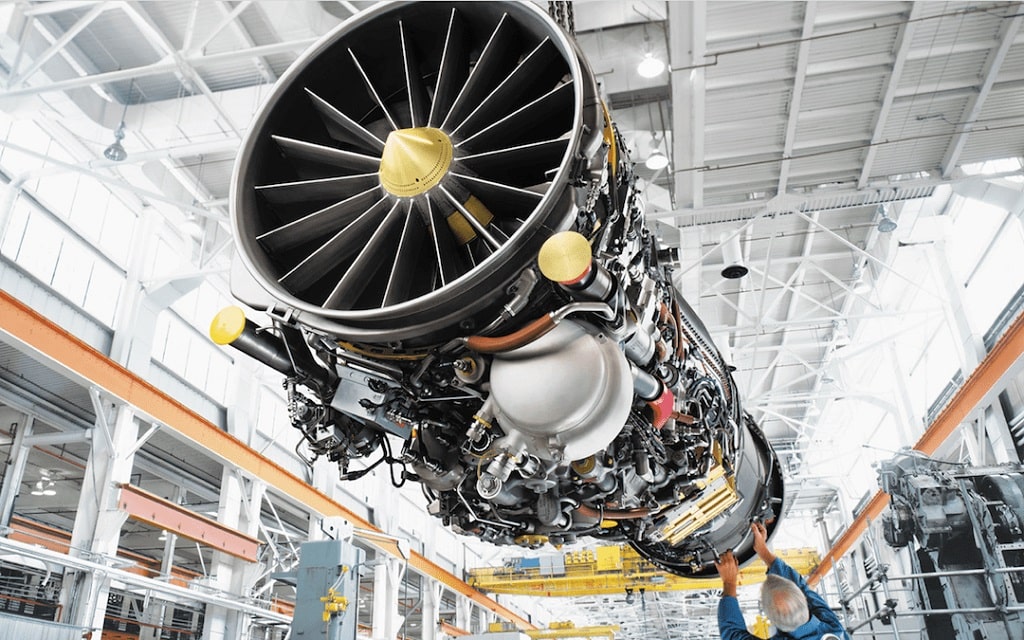SOURCE: SATYAJEET KUMAR/ FOR MY TAKE / IDRW.ORG

On May 11, 1998, India leapt into the unknown world of nuclear weapon powers with the tests at Pokhran and soon after India became a global pariah. Even though India never signed the Nuclear Non-Proliferation Treaty after came next were economic sanctions on India for its series of underground nuclear tests by none other than the United States which lead to suppliers cancelling their agreements and European firms stopping cooperation which was a major setback for country’s LCA-Tejas program.
India has acquired 8 F404-F2J3 engines from GE Aviation to power initial batches of LCA-Tejas prototypes and 98 sanctions meant engine spares and other supplies had halted and by the time the first flight of TD-1 of LCA-Tejas was carried out in 2001, but it meant that India had to cannibalize perfectly working engines to be used as spares so that already delayed program doesn’t suffer more delays.
For nearly a year LCA-Tejas TD-1 flew very few conservative sorties due to ongoing sanctions and things only improved when in December 2001 sanctions were officially lifted by the United States and the supply of spares resumed in 2002 onwards.
In 2004, India placed orders for 17 F404-GE-IN20 engines to power a limited series of operational production aircraft and naval prototypes that was followed up with additional orders of 24 F404-GE-IN20 after burning engines in 2007. In 2021 HAL placed further orders for 99 F404-GE-IN20 engines for Tejas Mk1A light combat aircraft.
India till now has placed orders for 159 F404-GE-IN20 engines with 60 delivered but with no localisation nor even setting up of local Maintenance, repair and operations (MRO) facilities in the country are still a work in progress.
Sanction-proofing jet engine technology is a complex issue that involves various aspects such as legal, technical, and strategic considerations. Here are some suggestions on how to make jet engine technology sanction-proof:
- Legal Considerations: It is crucial to comply with all applicable export control regulations and licensing requirements. Ensure that all parties involved in the development, manufacturing, and export of the jet engine technology are aware of the export control laws and regulations.
- Develop Domestic Capabilities: Developing a domestic supply chain for critical components of the jet engine can reduce the dependence on foreign suppliers and make the technology less vulnerable to sanctions.
- Diversify Suppliers: Diversifying suppliers can reduce the risk of supply chain disruptions due to sanctions. It is essential to identify alternative suppliers from different regions and build relationships with them.
- Protect Intellectual Property: Protecting intellectual property through patents, trademarks, and trade secrets can prevent unauthorized use and exploitation of the technology. It is essential to have robust legal agreements and non-disclosure agreements in place to safeguard intellectual property.
- Technology Transfer Restrictions: Limiting the transfer of technology to countries that are subject to sanctions can prevent the technology from falling into the wrong hands. Ensure that all parties involved in the technology transfer are aware of the restrictions and comply with them.
- Strategic Partnerships: Building strategic partnerships with countries that have a friendly relationship with the country can ensure access to critical components and markets. Collaborating with these countries can also help in technology transfer and reduce dependence on other countries.
- Continual Development: Continual development of the jet engine technology and improving its efficiency and performance can ensure its competitiveness in the global market. This can also attract potential customers, thereby reducing the impact of sanctions.
Overall, making jet engine technology sanction-proof requires a comprehensive approach that involves legal compliance, domestic capabilities, diversifying suppliers, protecting intellectual property, technology transfer restrictions, strategic partnerships, and continual development.
Disclaimer : Articles published under ” MY TAKE ” are articles written by Guest Writers and Opinions expressed within this article are the personal opinions of the author. IDRW.ORG is not responsible for the accuracy, completeness, suitability, or validity of any information on this article. All information is provided on an as-is basis. The information, facts or opinions appearing in the article do not reflect the views of IDRW.ORG and IDRW.ORG does not assume any responsibility or liability for the same. article is for information purposes only and not intended to constitute professional advice .
Article by SATYAJEET KUMAR , cannot be republished Partially or Full without consent from Writer or idrw.org